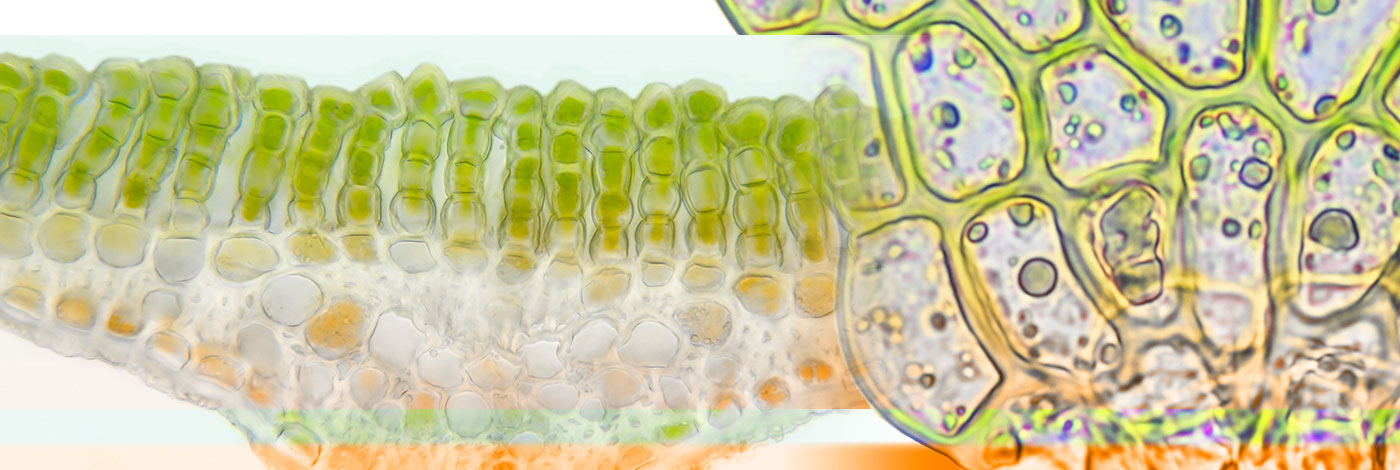
 Cryptogamie, Bryologie
29 (4) - Pages 315-357
Cryptogamie, Bryologie
29 (4) - Pages 315-357An updated compilation of the species list of the Canary Islands has been carried out, based only on published data. It includes 499 species: 141 liverworts, 6 hornworts and 352 mosses (7 strictly endemic to the Canary Islands, 19 endemic to Macaronesia and 6 Ibero-Macaronesian endemics). More than 150 new reports for particular islands and many nomenclatural and taxonomical changes have increased the total number of recorded species in comparison with the formerly published checklists. An analysis of species frequency on the seven islands shows that distribution patterns defined as restricted (presence in 1 or 2 islands) and localised (3, 4 or 5 islands) occur to a similar degree in the Canary Islands (38 and 36, respectively), while the percentage of species with a general distribution (6 or 7 islands) is slightly lower (27). Detrended correspondence analysis shows that altitude (in conjunction with heterogeneity and climatic conditions) and island age are the most important factors influencing bryophyte richness in the Canary Islands. On the other hand, species composition in these islands is mainly correlated with distance from the mainland and levels of precipitation. Two island groups can be distinguished according to the bryophyte flora. The driest islands Lanzarote and Fuerteventura show greater affinities with Deserta and some Cape Verde Islands than the other Canary Islands (especially in liverworts). The western Canary Islands (Hierro, La Palma, La Gomera, Tenerife and Gran Canaria) show a greater similarity with the island of Madeira (especially in mosses). Detrended correspondence analysis for all Macaronesian islands shows that latitudinal position (correlated with precipitation), longitude and distances from the mainland are the main factors influencing species composition. Bryophyte richness in the Macaronesian islands is most strongly correlated with vascular plant richness, altitude and precipitation.